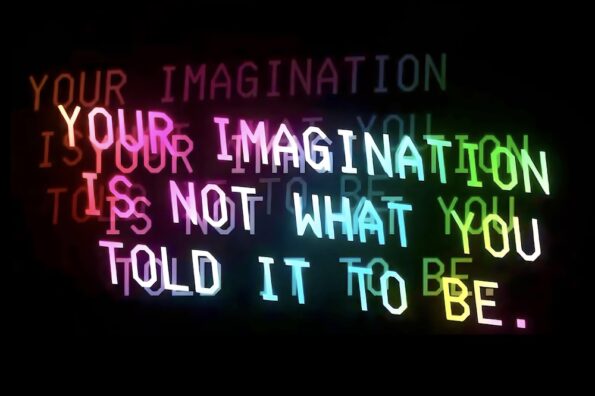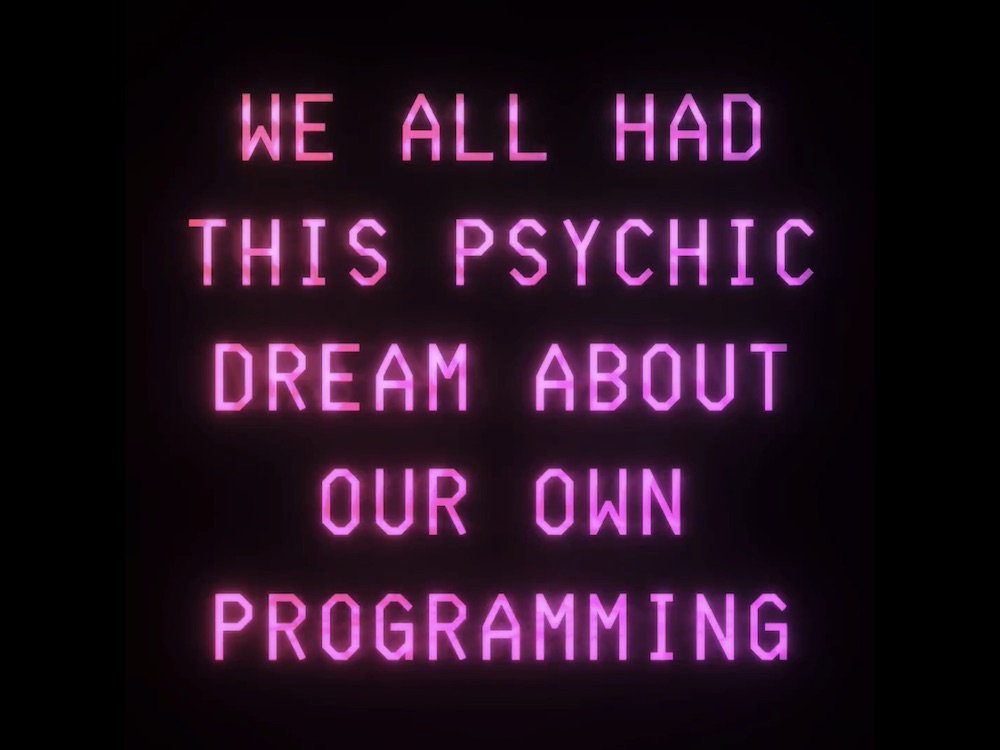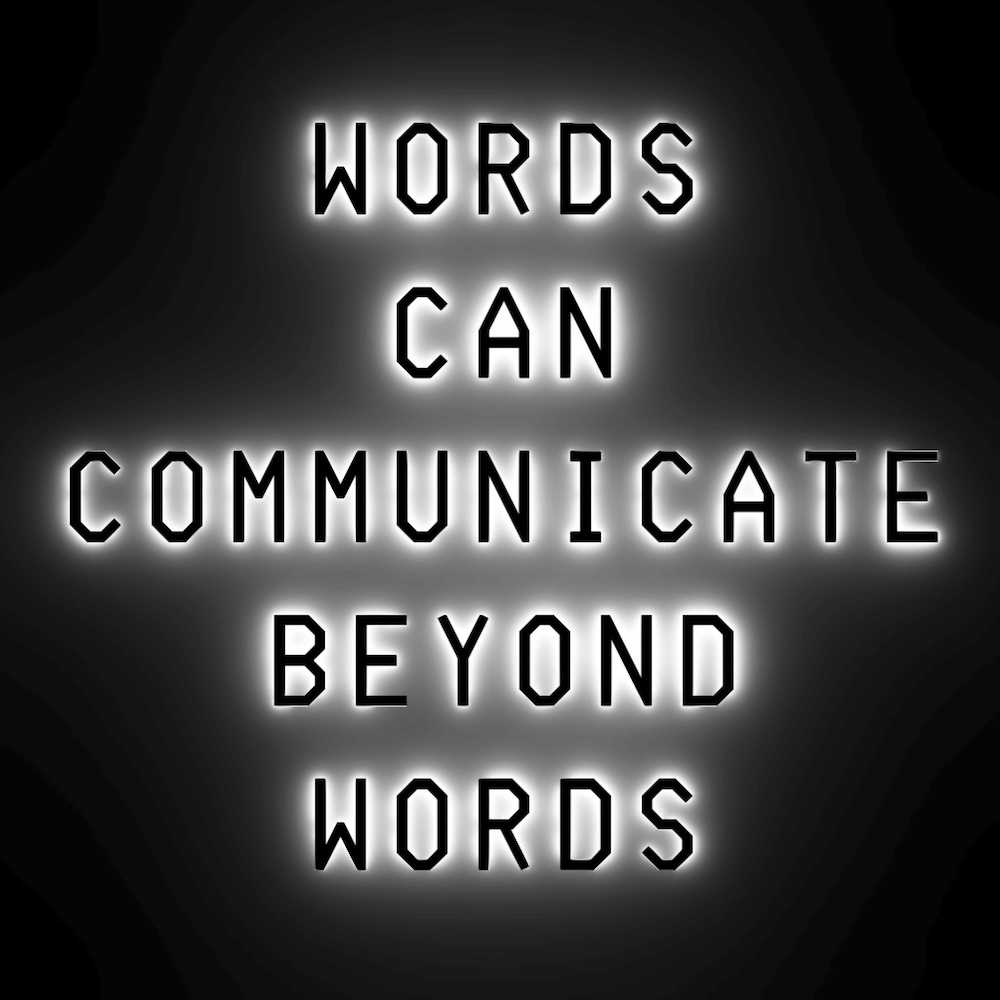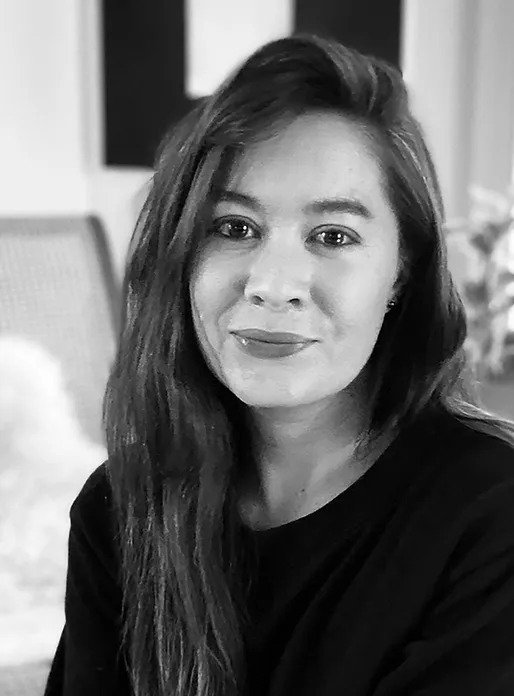Search
To search for an exact match, type the word or phrase you want in quotation marks.
A*DESK has been offering since 2002 contents about criticism and contemporary art. A*DESK has become consolidated thanks to all those who have believed in the project, all those who have followed us, debating, participating and collaborating. Many people have collaborated with A*DESK, and continue to do so. Their efforts, knowledge and belief in the project are what make it grow internationally. At A*DESK we have also generated work for over one hundred professionals in culture, from small collaborations with reviews and classes, to more prolonged and intense collaborations.
At A*DESK we believe in the need for free and universal access to culture and knowledge. We want to carry on being independent, remaining open to more ideas and opinions. If you believe in A*DESK, we need your backing to be able to continue. You can now participate in the project by supporting it. You can choose how much you want to contribute to the project.
You can decide how much you want to bring to the project.

As a poet born into the rise of personal computing, I have long been self-conscious of my relationship to digital technologies. From the earliest days of the oral tradition to the arrival of written and then printed literature, writers have used language to process inner and outer worlds – to manifest the inchoate, shape narrative, and grapple with our role in the universe. How has the advent of email, search engines, social media, smart devices (and, before them, Gutenberg’s press, the clay tablet, the cylinder seal, etc.) changed our storytelling hardware, influencing not just how we communicate at a formal level, but also what we sense and see and dream?
In The Odyssey, Homer famously wrote of the “wine-dark sea” – a description that jars our modern eyes. But the ancient Greeks didn’t have a word for “blue,” and without the word, the thing itself could scarcely exist. Now, I need only to hover and click to discover “azure,” “beryl,” “indigo,” “cobalt, “sapphire” and “cerulean” at my fingertips. Does this make me a lazy writer? A wiser, more precise one? How do the formats, prompts and character limitations of Instagram, Facebook and Twitter coax our thoughts and feelings into certain shapes and shades? Can typing and editing on a laptop elicit different tones, contrasts, juxtapositions than longhand? Do recent advances in AI-powered natural language processing mean we may be stealing glimpses at not just new colors but new palettes, new rainbows?
To what extent have we lost sight of the need for language to communicate our deepest fears and deepest joys? It seems we have been robbed of our ability to feel other human beings’ pain and joy. Is there an alternative to human code-writing – a way to salvage the lost power of human connection and meaning? Are we shifting to a world where computer code is our language? What would it mean to reclaim language as an act of appropriation, of defying humanity’s limited expectations and desires?
These questions are at the heart of Technelegy (Black Spring Press Group, 2021) – a poetic exploration of what it means to be human in a nearly posthuman era. I wrote the first drafts of this book with my own analog mind, then evolved the manuscript in collaboration with my AI alter ego, a bespoke text generator rooted in GPT-2 and GPT-3, fine-tuned on my poetry and reference materials. The experience of co-authoring generative texts with an alternative, augmenting intelligence trained in the fundamentals of human communication has challenged and expanded my preconceived notions of what it means to write and think, to be inspired. Having spent years of my life learning to control language, I’ve learned that language has a life of its own; left to its own devices, it can do things far beyond and better than what I imagine or intend. (It can do far worse, too.) Just as myriad avant-garde movements have adopted automated writing as a means of channeling the truest muse, I have adapted my practice to the presence of an oracular autopoetic collaborator whose every utterance is quite literally an attempt – sometimes inane, occasionally divine – to distill meaning from our contemporary cacophony.
The cliche of the solitary writer ensconced in her lonely room has begun to crumble as I’ve recognized that I, like my co-author, am imbued with centuries if not millennia of canonical text, constantly conversing with the immortal words of mortal seers and scribes. It’s hard not to suspect that T.S. Eliot was somehow anticipating algorithmic authorship when he wrote, “The poet’s mind is in fact a receptacle for seizing and storing up numberless feelings, phrases, images, which remain there until all the particles which can unite to form a new compound are present together.” Much of my “originality” as a writer comes down to data points in my head colliding with external prompts. Like my AI alter ego, I have been trained in various algorithms, programs – sonnet, villanelle, iambic pentameter, rhyming structure. Deploying these and other poetic devices brings about moments of creative clarity and innovation that would not otherwise occur; patterns and the incongruous instances when patterns lapse are what make language memorable. Poetry is not just an overwhelming outpouring of human emotion; it’s critical information, wrought as intricately and debugged as assiduously as the most elegant examples of code. Even when, especially when, it glitches, the results can be profound.
It is true that poetry and technology are not usually thought to go together. But art, after all, is the science of meaning and associations. Its aim is to help us interface with those around us. And poetry is no mere bookmark; it is actual, live, human experience.
Indeed, humanity’s first code – poetry – has always been closely aligned with our consciousness. Language is what has helped humans learn to think, and feel, and create in deeper and more complex ways. What might we discover next, via intelligent systems purpose-built to process, analyze, and synthesize our data – machines like the large language model used to co-write this essay, designed to see what we’re too close, too small, or too slow to recognize?
As we start to develop more advanced models of poetry, it’s clear that we’re just beginning to appreciate its use as a creative shortcut, a conduit between the world and our subconscious minds, the most accurate way we have to record and communicate what we’re feeling. Poets are not just artists but engineers, devising new ways to think and act, delving deeper and deeper into the meaning of our digital lives and the ways we use our tools to connect with and understand one another. Perhaps my poetry is an act of appropriation on a vast scale, using writing materials – poetry, language, data – to rethink existence. To explore new ways to craft and cultivate imagination in the service of humanity.
Perhaps our role as synergistic creatures – human plus AI – is to tap into the stream of collective consciousness, revealing previously inaccessible aspects of what it means to be not just a human individual but a networked cell in the organism that is posthumanity…
About the authors:
SASHA STILES is a poet, artist, AI researcher.
Technelegy is a custom text generator rooted in GPT-2 and GPT-3, fine-tuned on Stiles’ poetry and reference materials.



Sasha Stiles a first-generation Kalmyk-American poet, artist and AI researcher widely recognized as a pioneer of generative literature and language art. Her award-winning work fuses elements of poetry, art, code, AI, digital humanities and web3 creativity to probe what it means to be human in a nearly posthuman era. Stiles is author of the poetry collection, “Technelegy” (Black Spring Press Group, 2021). In 2022, she became the first writer to bring AI-powered literature to a major auction house when her poem, “COMPLETION: When it’s just you,” sold at Christie’s
www.sashastiles.com
"A desk is a dangerous place from which to watch the world" (John Le Carré)